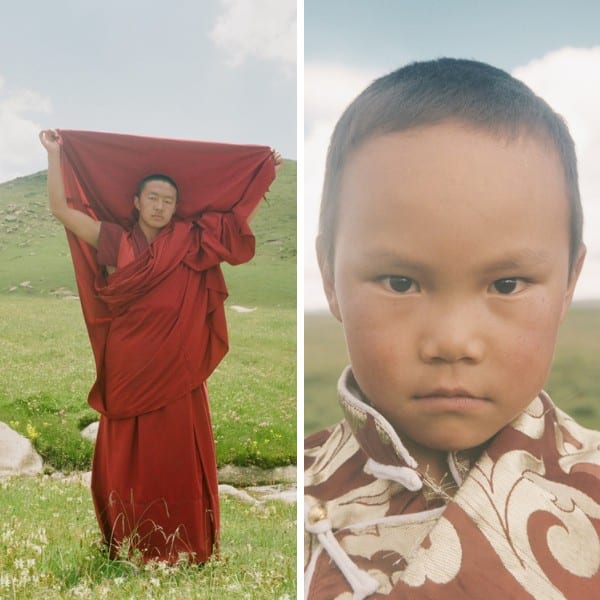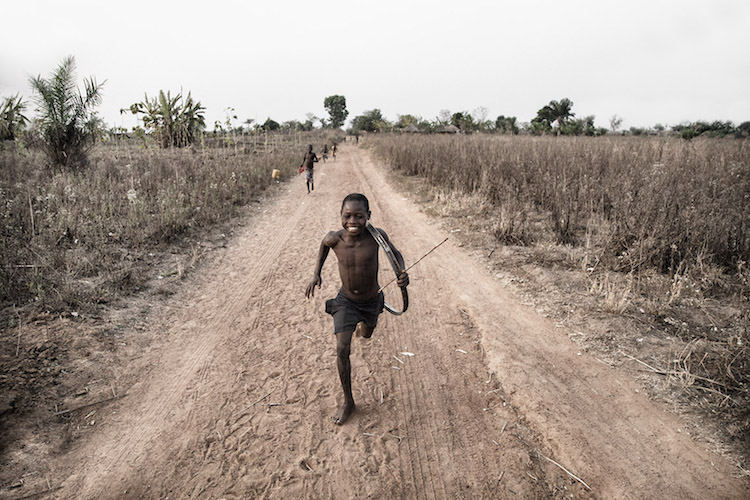
Photographer Gustav Willeit recently traveled to Togo with the Costa Foundation, a charity started in 2007 to protect and improve children's right in developing countries. Their current work in Togo focuses on collecting funds for blood-bags needed for transfusions in cases of advanced malaria.
The foundation's ties to the small African nation date back to 2011, when they received an email from Sister Patrizia, a woman who has committed her life to helping people in need. Using Gustav's photography to illustrate the community, they are able to share their work with donors around the world. “His ability to capture the reality of the moment, somehow let you dive into it, is impressive and very rare,” Elide Mussner Pizzinini, project manager at the Costa Foundation writes to us via email.
Willeit and two members of the Costa Foundation traveled to Togo in February 2017, where they also donated blood in order to save two children. During the course of his time in Togo, Willeit shot a stunning reportage that tells the tale of the dynamic Ewe people, the country's largest ethnic group. We were able to speak with the talented photographer—also known for his marvelous landscape photography—about his work in Togo. Read on for the interview.
Photographer Gustav Willeit spent 8 days photographing children in the African nation of Togo for the Costa Foundation. This non-profit has community projects with the Ewe people, Togo's largest ethnic group.

Can you tell us about your involvement with the Costa Family Foundation and what led you to Togo?
The first time the Costa Family Foundation asked me to join them in traveling to India it was in 2009. I, of course, said that I'd be glad to go with them and to photograph their projects. The Costa Family Foundation is not a common ONLUS, as they make it so that the community is an active part in realizing their projects.
These long-term projects are not only for the people, but with the people, and this is a part which is very important and inspiring for me. And, of course, we also analyze how the project is evolving through the donations. Together with the foundation, I’ve also traveled to Uganda and India.
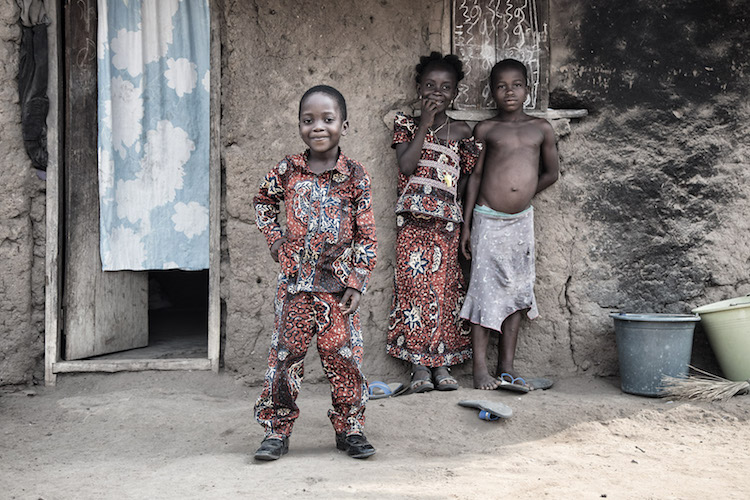
How long were you there and was this your first time in Togo?
I spent 8 days in Togo. It was the first time I visited this part of Africa, and we were hosted by Sister Patrizia and Maristella of the association Cuori Grandi, who are supported by the CFF. Sister Patrizia and Maristella also led us through the country and told us stories about the people and how they are trying to help. It has been an experience that touched me deeply.
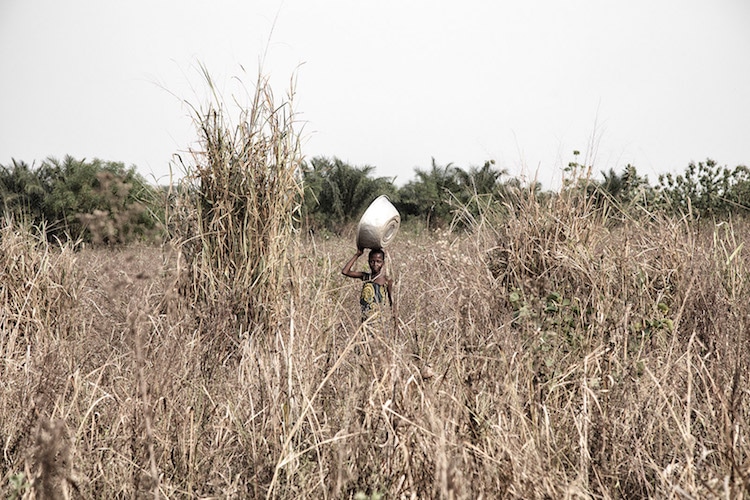
Can you give us a bit of information on the community you photographed?
Togo is one of the smallest countries in Africa and one of the least developed countries in the world. Nearly half of the 6.1 million inhabitants live on agriculture, and many of these farmers live in small villages with little luxury. The name of the community I photographed is Ewe. After we landed in Lomè, we drove for around 2 hours to Amakpape (which means House of Leafs). Our base was set here, and every day we drove to different places. We visited hospitals, schools, markets, and churches.
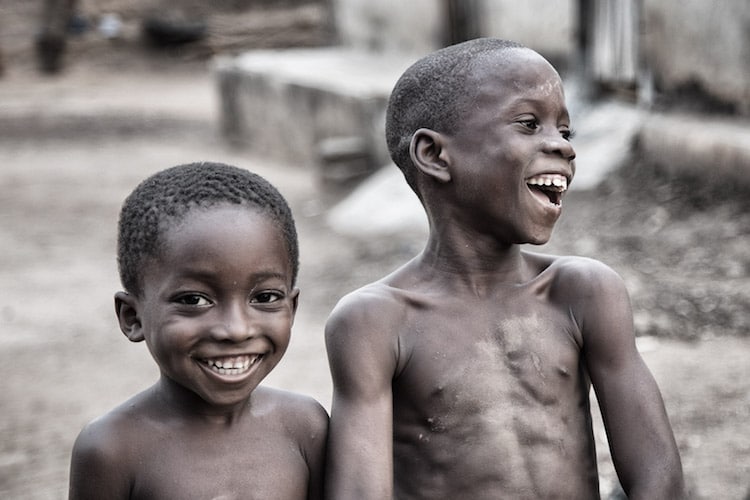
Your images really capture the spirit of the community, especially the children. What were you hoping people would learn from viewing your photos?
I wanted my pictures to be a window on their daily life. Some children walk many miles every day just to go to school, and afterward they need to walk all the way back home. But still, they repeat the journey every day and mostly they walk the path while playing and laughing. Maybe it's cliché but it's true, these children are very positive and it warms your heart to see them. With my pictures, I try to show how simple and beautiful the life can be, even if you don’t have a lot.
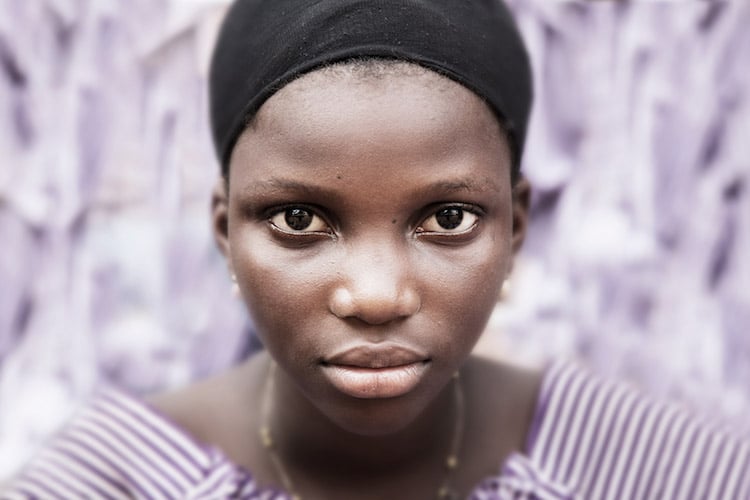
As the largest ethnic group in Togo, are there particular challenges the Ewe people face?
There are many different challenges the Ewe community needs to face. The poorness, the insufficient health care, the water they drink is not always filtered, the nourishment which is not always enough. But there can be also other kinds of problems, like domestic violence, unemployment etc.
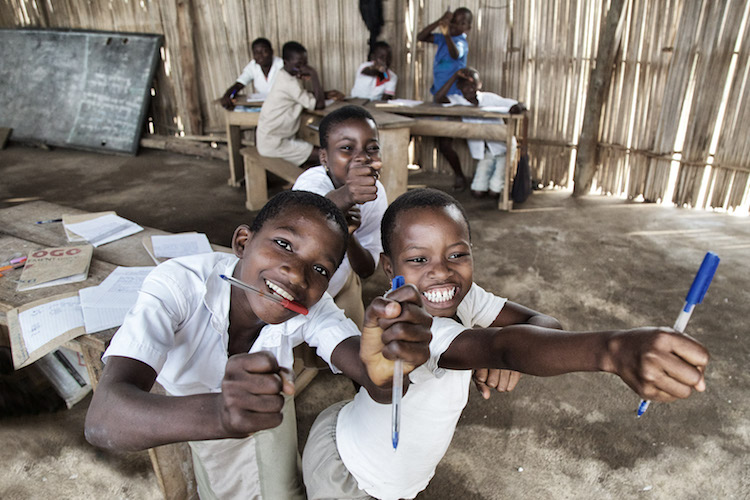
Any specific anecdote about your time there that you think exemplifies your experience?
A thing that I noticed was that the pencils or the transparent Bic-pens were very consumed, and so you can understand how important and precious something to write or draw is. Personally, I don’t recall having used pens until they were finished. I am more aware now.
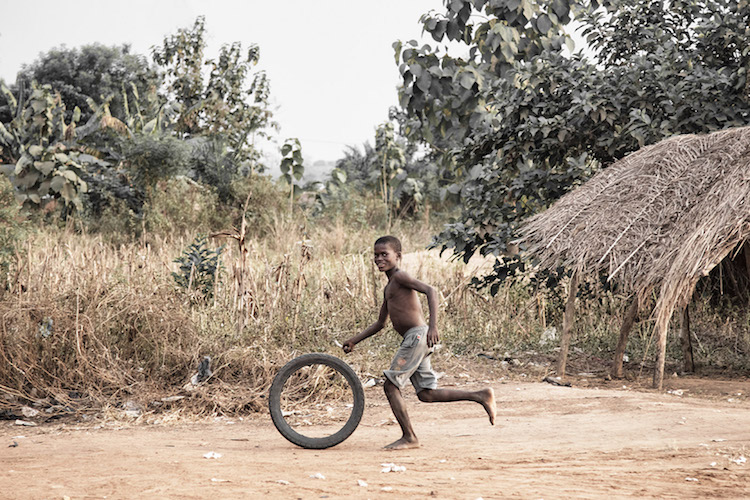
Did the community welcome your presence? How were you able to connect with them in order to get such intimate photos?
Of course, the people were a bit curious when they saw me. But I always felt very welcome. The children loved to see their faces on the monitor of the camera and some of them quite liked to be photographed. I often also play a bit with them and we laugh so the pictures are often very spontaneous.
It sometimes happens that some children are afraid to see a white man. They call white men Yovo.
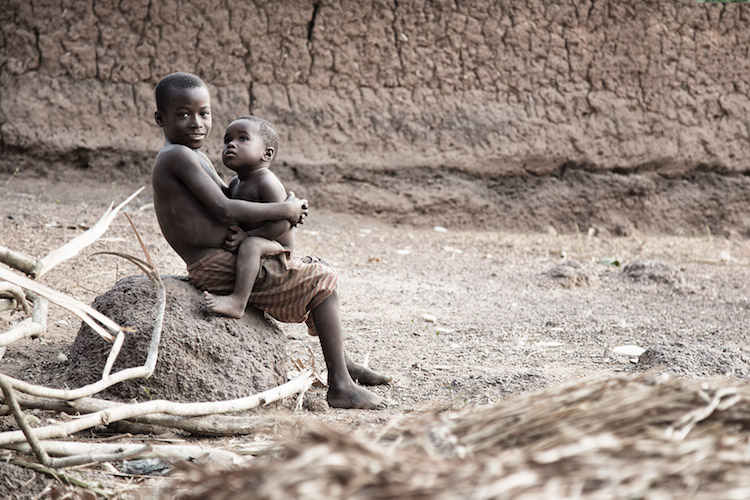
Your images primarily depict children. I assume this is because the Foundation focuses on children's rights and issues. What struck you about children's lives in Togo compared to what you are used to in Europe?
We are in two different worlds. You can’t even compare one day of a child’s life there with one ordinary day here. The times and schedules, responsibilities are different. Of course, also their wishes are very distant when compared to, for example, the wishes of my niece's.
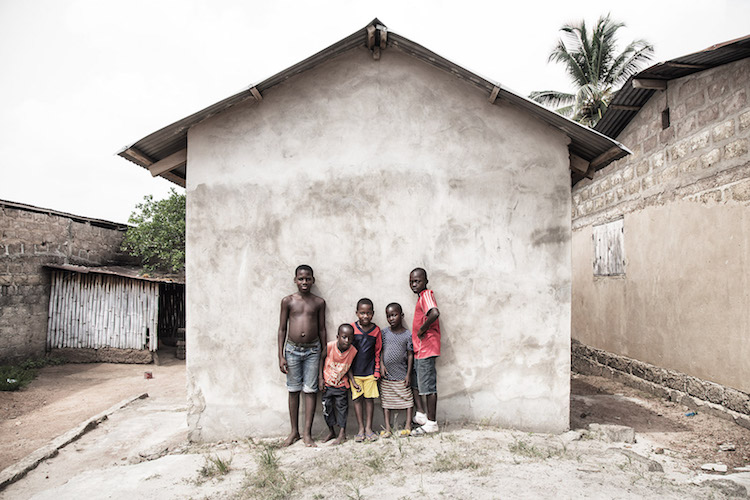
Anything else you'd like to share about your trip?
On one evening during our stay, we where walking trough Amakpape and a man had put his television in a very small room that was crowded with local people. It was smelly, hot, and noisy. There was the soccer match Cameroon versus Egypt for the African Soccer Africa Cup. So, we also sat down with them and watched the match. It was a wonderful experience and also a bit unusual.
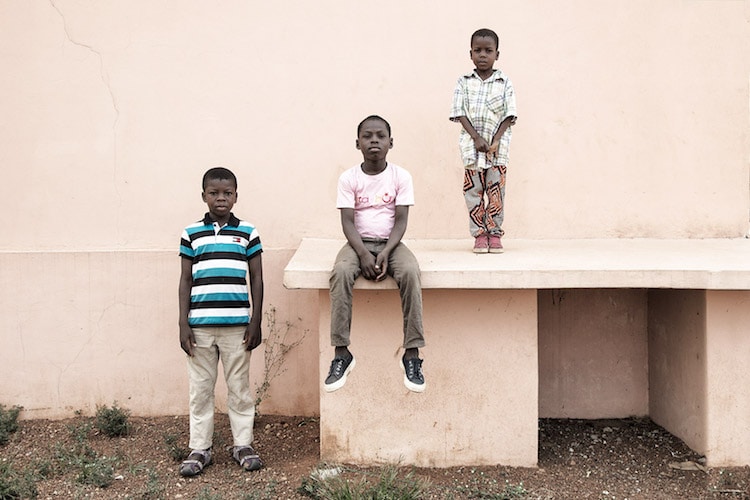
Any plans to exhibit or publish the series elsewhere that you would like to mention?
The pictures are being used for the CFF-journal where all the projects are described. This year the Foundation celebrates 10 years of activity so also a book will be published.

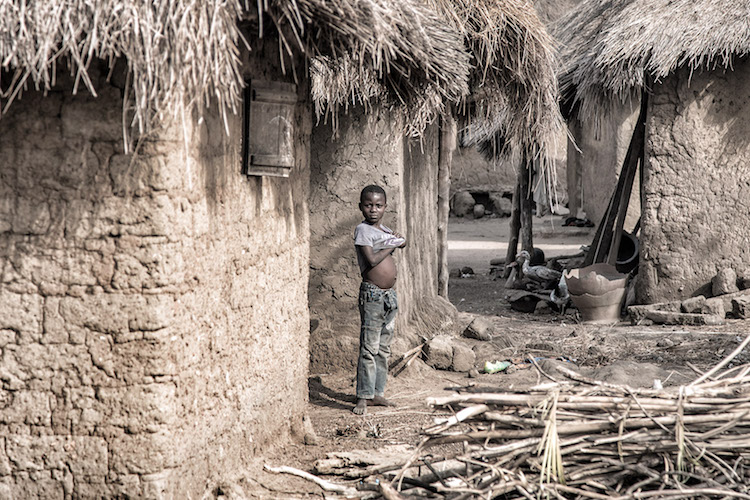
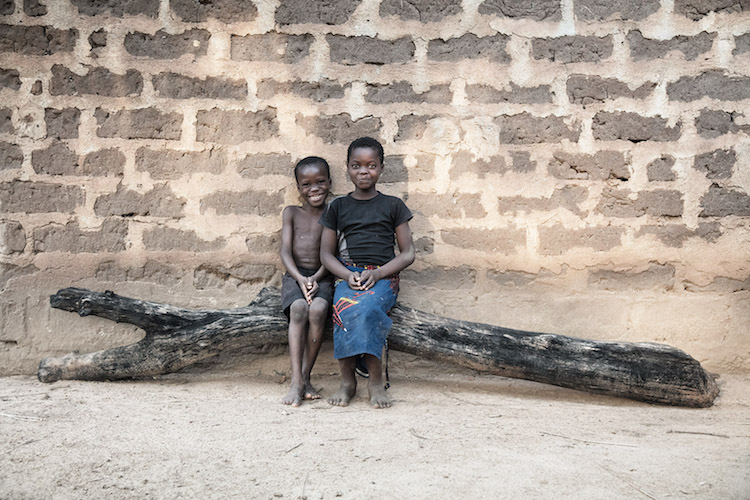
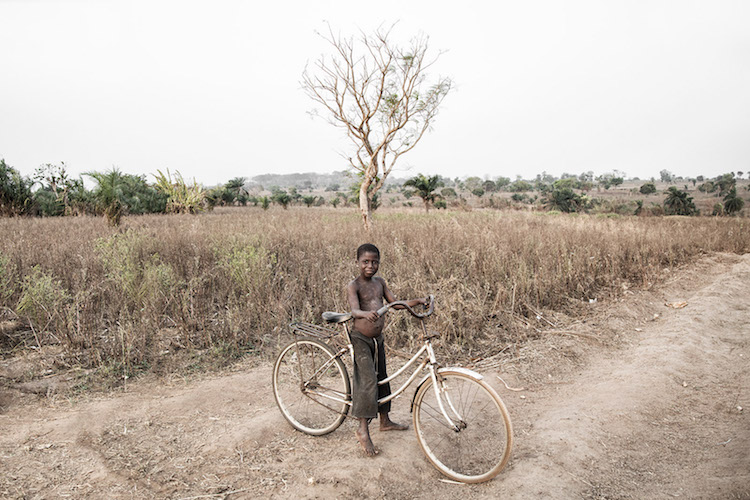
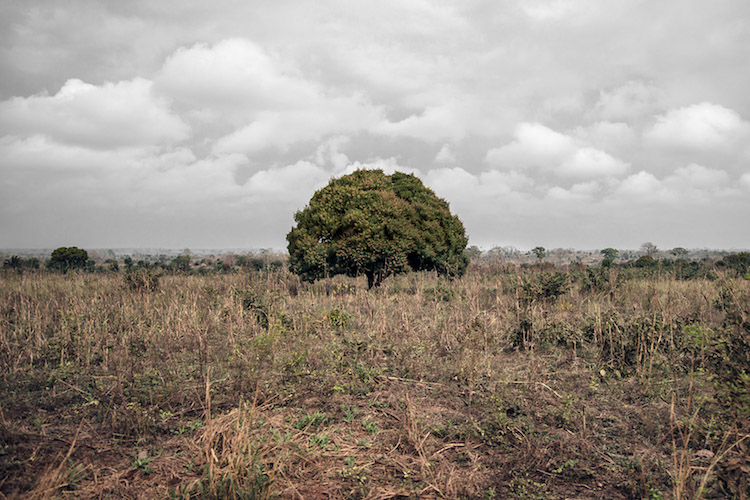
Gustav Willeit: Website | Facebook | Instagram
Costa Foundation: Website | Facebook | Instagram













































































